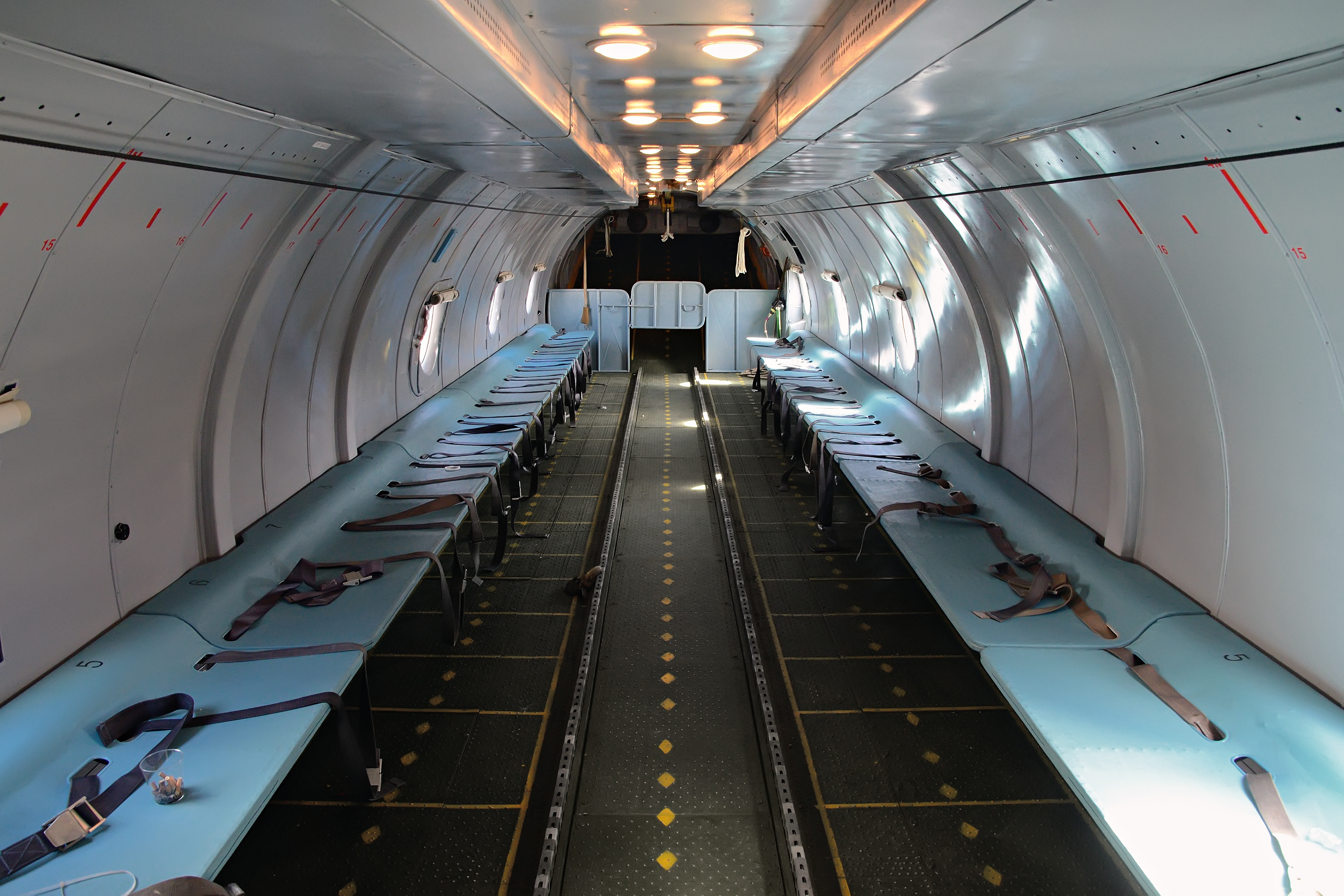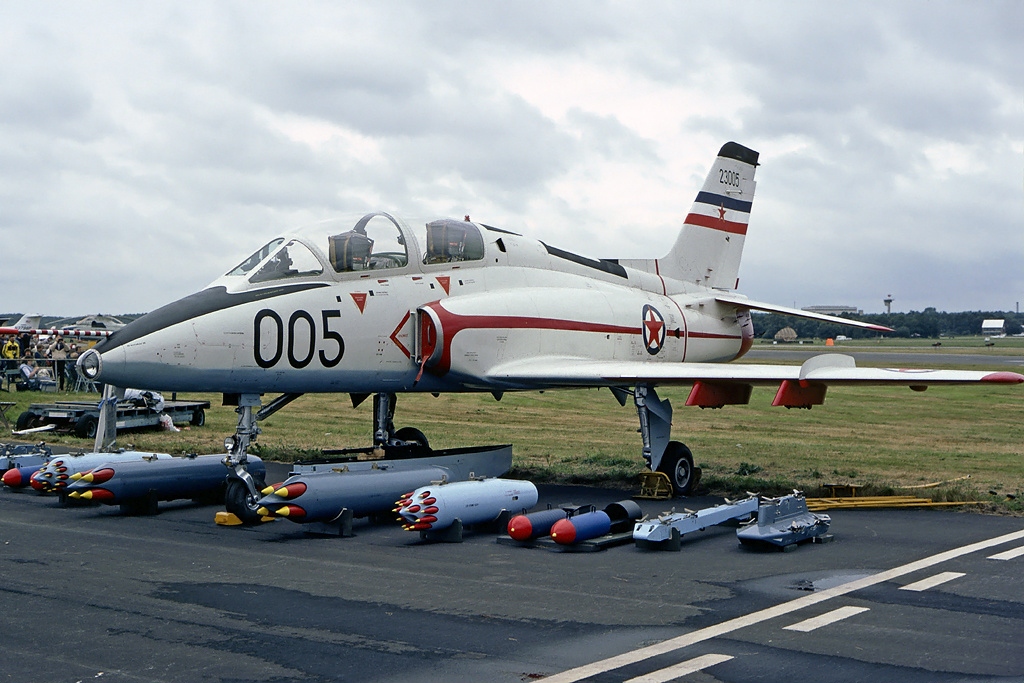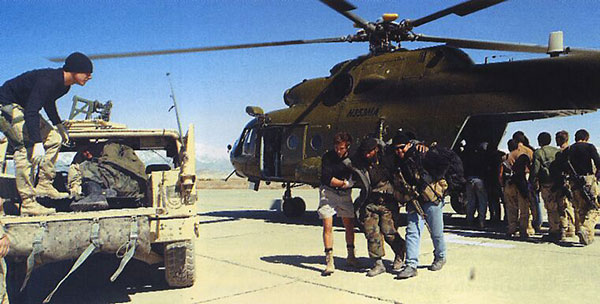|
Serbian Air Force
The Serbian Air Force and Air Defence ( sr-Cyrl, ะ ะฐัะฝะพ ะฒะฐะทะดัั ะพะฟะปะพะฒััะฒะพ ะธ ะฟัะพัะธะฒะฒะฐะทะดัั ะพะฟะปะพะฒะฝะฐ ะพะดะฑัะฐะฝะฐ ะะพััะบะต ะกัะฑะธัะต, Ratno vazduhoplovstvo i protivvazduhoplovna odbrana Vojske Srbije, War Aviation and Anti-Air Defence of the Serbian Armed Forces), is the air force of Serbia and service branch of the Serbian Armed Forces. Its mission is to guard and protect the sovereignty of Serbian airspace, and jointly with the Serbian Army, to protect territorial integrity of the country. Serbian Air Force was established in 1912, thus making Serbia one of the first fifteen states in the world to have an air force. It was subsequently absorbed into the air forces of various Yugoslav states between 1918 and 2006. History The idea to form air forces in the Royal Serbian Army was first mentioned in the General Army Formation Act from 2 August 1893. This act envisioned that within each division of the Army be formed one air force ball ... [...More Info...] [...Related Items...] OR: [Wikipedia] [Google] [Baidu] |
Air Force
An air force โ in the broadest sense โ is the national military branch that primarily conducts aerial warfare. More specifically, it is the branch of a nation's armed services that is responsible for aerial warfare as distinct from an army or navy. Typically, air forces are responsible for gaining control of the air, carrying out strategic and tactical bombing missions, and providing support to land and naval forces often in the form of aerial reconnaissance and close air support. The term air force may also refer to a tactical air force or numbered air force, which is an operational formation either within a national air force or comprising several air components from allied nations. Air forces typically consist of a combination of fighters, bombers, helicopters, transport planes and other aircraft. Many air forces may command and control other air defence forces assets such as anti-aircraft artillery, surface-to-air missiles, or anti-ballistic missile war ... [...More Info...] [...Related Items...] OR: [Wikipedia] [Google] [Baidu] |
Fin Flash
Military aircraft insignia are insignia applied to military aircraft to identify the nation or branch of military service to which the aircraft belong. Many insignia are in the form of a circular roundel or modified roundel; other shapes such as stars, crosses, squares, or triangles are also used. Insignia are often displayed on the sides of the fuselage, the upper and lower surfaces of the wings, as well as on the fin or rudder of an aircraft, although considerable variation can be found amongst different air arms and within specific air arms over time. History France The first use of national insignia on military aircraft was before the First World War by the French ''Aรฉronautique Militaire'', which mandated the application of roundels in 1912.Kershaw, Andrew: ''The First War Planes, Friend Or Foe, National Aircraft Markings'', pages 41โ44. BCP Publishing, 1971. The chosen design was the French national cockade, which consisted of a blue-white-red emblem, going outwards ... [...More Info...] [...Related Items...] OR: [Wikipedia] [Google] [Baidu] |
Serbian Army
The Serbian Army ( sr-cyr, ะะพะฟะฝะตะฝะฐ ะฒะพััะบะฐ ะกัะฑะธัะต, Kopnena vojska Srbije, lit=Serbian Land Army) is the land-based and the largest component of the Serbian Armed Forces. History Originally established in 1830 as the Army of Principality of Serbia and after Serbia's independence it subsequently grew in size and was renamed the Royal Serbian Army and then as the Royal Serbian Army. After the World War I it was incorporated into the newly established Royal Yugoslav Army which was in turn transformed into Yugoslav Ground Forces of the Yugoslav People's Army after the World War II. The Serbian Army in its current form has been active since 2006 when Serbia restored its independence. Missions The Serbian Army is responsible for defending the sovereignty and territorial integrity of Serbia from foreign hostiles; participating in peacekeeping operations; and providing humanitarian aid and disaster relief. The Army i.e. infantry battalions of its 2nd, 3rd and 4th br ... [...More Info...] [...Related Items...] OR: [Wikipedia] [Google] [Baidu] |
Serbia
Serbia (, ; Serbian: , , ), officially the Republic of Serbia ( Serbian: , , ), is a landlocked country in Southeastern and Central Europe, situated at the crossroads of the Pannonian Basin and the Balkans. It shares land borders with Hungary to the north, Romania to the northeast, Bulgaria to the southeast, North Macedonia to the south, Croatia and Bosnia and Herzegovina to the west, and Montenegro to the southwest, and claims a border with Albania through the disputed territory of Kosovo. Serbia without Kosovo has about 6.7 million inhabitants, about 8.4 million if Kosvo is included. Its capital Belgrade is also the largest city. Continuously inhabited since the Paleolithic Age, the territory of modern-day Serbia faced Slavic migrations in the 6th century, establishing several regional states in the early Middle Ages at times recognised as tributaries to the Byzantine, Frankish and Hungarian kingdoms. The Serbian Kingdom obtained recognition by the Holy See and C ... [...More Info...] [...Related Items...] OR: [Wikipedia] [Google] [Baidu] |
Air Force
An air force โ in the broadest sense โ is the national military branch that primarily conducts aerial warfare. More specifically, it is the branch of a nation's armed services that is responsible for aerial warfare as distinct from an army or navy. Typically, air forces are responsible for gaining control of the air, carrying out strategic and tactical bombing missions, and providing support to land and naval forces often in the form of aerial reconnaissance and close air support. The term air force may also refer to a tactical air force or numbered air force, which is an operational formation either within a national air force or comprising several air components from allied nations. Air forces typically consist of a combination of fighters, bombers, helicopters, transport planes and other aircraft. Many air forces may command and control other air defence forces assets such as anti-aircraft artillery, surface-to-air missiles, or anti-ballistic missile war ... [...More Info...] [...Related Items...] OR: [Wikipedia] [Google] [Baidu] |
Antonov An-26
The Antonov An-26 ( NATO reporting name: Curl) is a twin-engined turboprop civilian and military transport aircraft, designed and produced in the Soviet Union from 1969 to 1986.Gordon, Yefim. Komissarov, Dmitry & Sergey. "Antonov's Turboprop Twins". Hinkley. Midland. 2003. Development While the An-24T tactical transport had proved successful in supporting Soviet troops in austere locations, its ventral loading hatch restricted the handling of cargo, and in particular vehicles, and made it less effective than hoped in parachuting men and supplies. As a result, interest in a version with a retractable cargo ramp increased, and the Antonov design bureau decided in 1966 to begin development on the new An-26 derivative, in advance of an official order. The cargo ramp was based on that design and allowed the cargo deck to be sealed and pressurised in flight. When loading cargo, it could either be lowered to allow vehicles to be driven in, or slid beneath the aircraft's fuselage, so ... [...More Info...] [...Related Items...] OR: [Wikipedia] [Google] [Baidu] |
G-4 Super Galeb
The Soko G-4 Super Galeb ( en, Super Seagull), also referred to as N-62, is a Yugoslav single-engine, advanced jet trainer and light ground-attack aircraft designed by the Aeronautical Technical Institute at ลฝarkovo and manufactured by the SOKO aircraft factory in Mostar. The Super Galeb was developed during the 1970s as a successor to, and replacement of, the Soko G-2 Galeb then in service with the Yugoslav Air Force ( sr-Latn, Ratno vazduhoplovstvo i protivvazduลกna odbrana โ RV i PVO; hr, Ratno zrakoplovstvo i protuzraฤna obrana โ RZ i PZO). On 17 July 1978, the maiden flight was performed by a development aircraft, designated ''G-4 PPP''; during 1983, the first ''G-4'' made its first flight. Quantity production of the type commenced in 1984; the assembly line operated up until the breakup of Yugoslavia in 1991. A total of 85 aircraft were built, most of which went into service with the Yugoslav Air Force, although six G-4s were exported to Myanmar. During the Yugosla ... [...More Info...] [...Related Items...] OR: [Wikipedia] [Google] [Baidu] |
Lasta 95
The Utva Lasta 95 is a light military trainer aircraft produced by Utva Aviation Industry, subsidiary of Yugoimport SDPR. It is a tandem two-seater low-wing trainer with a metal airframe. The aircraft is capable of basic training functions including aerobatics, instrument and tactical flying, as well as basic training in use of weapons. The first prototype of ''Lasta 1'' flew on 2 September 1985, while the first prototype of the current version, ''Lasta 3'', flew on February 26, 2009. ''Lasta'' is the Serbian word for barn swallow. Design and development The Lasta was originally developed to be a replacement of the Utva 75 and, partially, Soko G-2 Galeb, which had been the most commonly used trainer aircraft of the Yugoslav Air Force up until 1991. The first prototype ''Lasta 1'' was completed by the spring of 1985. Following completion of the initial testing phase, the first flight was achieved on September 2, 1985. In January 1989, design of a modified version โ ''Lasta 2'' was ... [...More Info...] [...Related Items...] OR: [Wikipedia] [Google] [Baidu] |
Eurocopter EC145
The Eurocopter EC145 (now Airbus Helicopters H145) is a twin-engine light utility helicopter developed and manufactured by Airbus Helicopters. Originally designated as the ''BK 117'', the H145 is based upon the MBB/Kawasaki BK 117 C1, which became a part of the combined Eurocopter line-up in 1992 with the merger of Messerschmitt-Bรถlkow-Blohm's helicopter division of Daimler-Benz into Eurocopter. The helicopter was earlier named EC145; an updated version, EC145 T2, was renamed H145 in 2015. The H145 is a twin-engine aircraft and can carry up to nine passengers along with two crew, depending on customer configuration. The helicopter is marketed for passenger transport, corporate transport, emergency medical services (EMS), search and rescue, parapublic and utility roles. Military variants of the helicopter have also been produced under various designations, such as H145M or UH-72, and have been used for training, logistics, medical evacuation, reconnaissance, light attack, ... [...More Info...] [...Related Items...] OR: [Wikipedia] [Google] [Baidu] |
Mil Mi-17
The Mil Mi-17 (NATO reporting name: Hip) is a Soviet-designed Russian military helicopter family introduced in 1975 (Mi-8M), continuing in production at two factories, in Kazan and Ulan-Ude. It is known as the Mi-8M series in Russian service. The helicopter is mostly used as a medium twin-turbine transport helicopter, as well as an armed gunship version. Development Developed from the basic Mi-8 airframe, the Mi-17 was fitted with the larger Klimov TV3-117MT engines, rotors, and transmission developed for the Mi-14, along with fuselage improvements for heavier loads. Optional engines for " hot and high" conditions are the 1545 kW (2070 shp) Isotov TV3-117VM. Recent exports to China and Venezuela for use in high mountains have the new Klimov VK-2500 version of the Klimov TV3-117 engine with FADEC control. The designation Mi-17 is for export; Russian armed forces call it Mi-8MT. The Mi-17 can be recognized because it has the tail rotor on the port side instead of t ... [...More Info...] [...Related Items...] OR: [Wikipedia] [Google] [Baidu] |
Mil Mi-35
The Soviet and later Russian Mil Mi-24 helicopter has been produced in many variants, as described below. History In 1966, Soviet aircraft designer Mikhail Mil created a mock-up design of a new helicopter (derived from the Mil Mi-8) which was made with the intent of fulfilling both the role of a close air support aircraft as well as being able to transport infantry into combat. This prototype design was designated the V-24, and in 1968 a directive was given to proceed with the development of the helicopter. The Mi-24 went from the drawing board to the first test-flights in less than eighteen months, with the first models being delivered to the Soviet Armed Forces for evaluation in 1971. As a result of the speedy development, the initial Mi-24 variants had a number of problems: lateral roll, weapon sighting issues, and a limited field of view for the pilot. A later redesign of the Mi-24's front section solved most of these problems. List of variants ;A-10: Designation given to ... [...More Info...] [...Related Items...] OR: [Wikipedia] [Google] [Baidu] |







